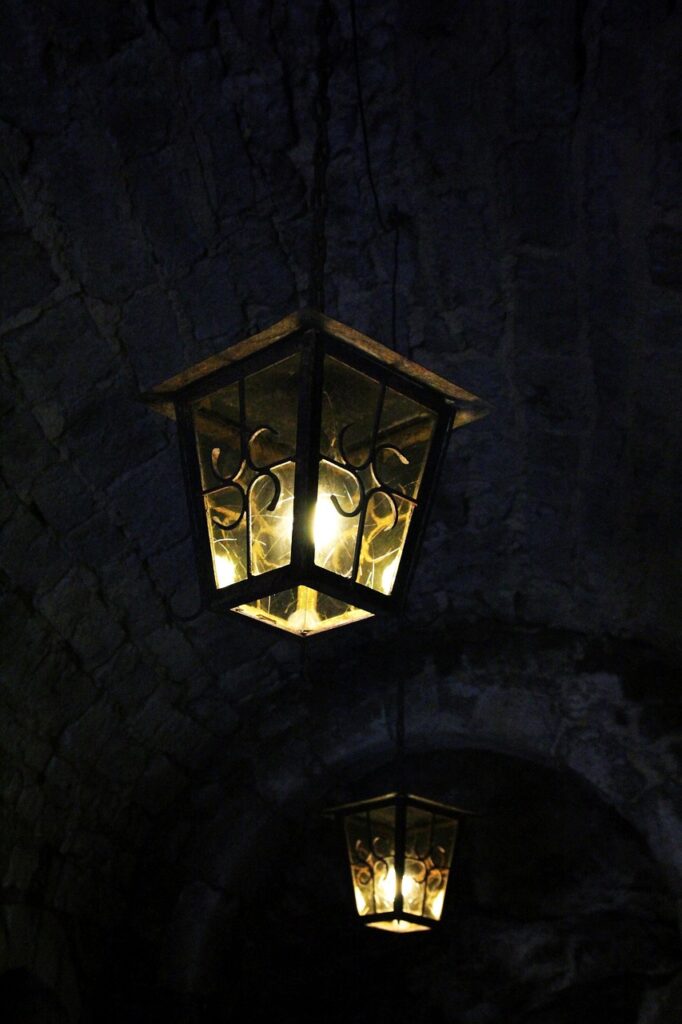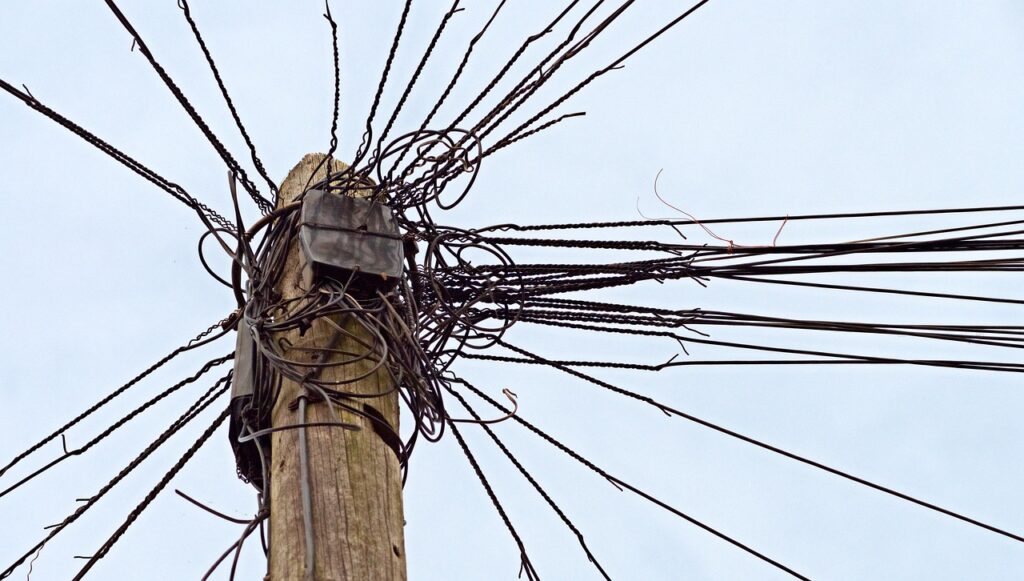Every home relies on a steady, safe flow of energy, and at the heart of this intricate system lies your electrical panel, often called the breaker box. This unsung hero ensures power is safely distributed to every corner of your house, powering everything from your morning coffee maker to your crucial HVAC system. When it’s working perfectly, it’s easy to overlook its importance, but when it starts to falter, the signs can range from subtle annoyances to grave safety hazards.
Ignoring these early warnings isn’t just an inconvenience; it can lead to costly repairs, damaged appliances, and, most critically, pose significant fire risks to your home and family. Just as a car has its check engine light, your electrical system provides telltale clues when something is amiss. Knowing what to look for, and understanding what those signs mean, empowers you to act decisively and keep your living space safe and functional.
In this in-depth guide, we’ll break down the most critical warning signs that your home’s main electrical panel or wiring system might be failing. We’ll explore not just what these indicators are, but why they matter, and what immediate, practical steps you should take to address them. Paying attention to these signals now can help you prevent a small problem from escalating into a dangerous and expensive emergency.
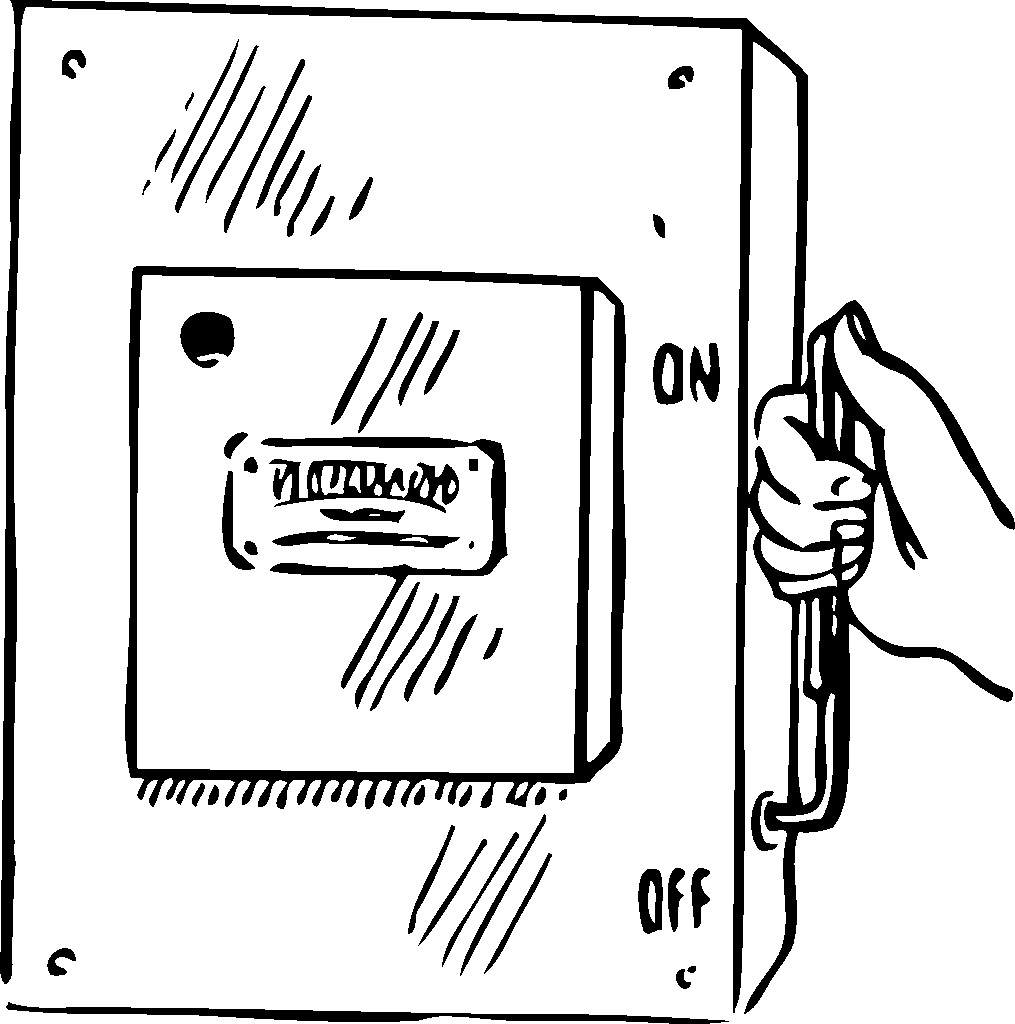
1. **Frequent Tripping of Circuit Breakers**
One of the most common and often frustrating signs that your electrical system, particularly your circuit breakers or breaker box, needs immediate attention is frequent tripping. A circuit breaker is essentially a safety mechanism, ingeniously designed to protect your home’s electrical system from overloads or short circuits by cutting off the power to a specific circuit. While an occasional trip is normal, especially if you’ve inadvertently overloaded a circuit, repeated occurrences signal a deeper, more systemic issue.
Frequent tripping often points to circuits that are consistently overloaded due to high energy demands. Modern homes, brimming with high-wattage appliances like air conditioners, microwaves, and washing machines, require a significant amount of electricity. If your electrical panel isn’t adequately designed to handle this contemporary load, the breaker switches will trip as a protective measure to prevent wires from overheating, which is a major fire hazard. Older panels, particularly those with a 100 amp capacity common in homes built before the 1960s, may struggle significantly to manage today’s energy consumption.
To diagnose this, it’s advisable to identify which circuits are overloading by unplugging devices connected to them and observing if the tripping stops. Balancing the electrical load across different circuits can help. Faulty appliances can also cause breakers to trip, so inspect your devices for visible damage or malfunction. Old or worn-out wiring is another culprit, suggesting that an upgrade might be necessary. Ground faults, which can occur at an outlet or within an appliance, can also lead to regular trips; a GFCI outlet tester can help detect these issues.
If you find yourself frequently resetting tripped breakers, or if the problem persists after your initial troubleshooting, it’s crucial to understand that these are not mere annoyances but serious warning signs. Ignoring a frequently tripping breaker can lead to persistent power disruptions and, more dangerously, an increased risk of electrical fire. Consulting a qualified electrician to accurately diagnose and resolve the issue is the safest and most effective course of action, ensuring the continued safety and performance of your home’s electrical system.
Read more about: Unpunished Genius: The 12 Athletes Who Broke the Rules, Got Away With It, and Forever Changed Their Sports
2. **Flickering or Dimming Lights**
When your lights start to flicker or dim, especially when you switch on a major appliance, it’s often more than just a momentary distraction; it’s a clear indication of underlying electrical issues. This phenomenon occurs because the flow of electricity to your lighting fixtures is either interrupted or severely strained, signaling that your system is struggling to meet demand.
This problem is typically rooted in circuits that are shared by both high-demand appliances and lighting. For instance, when you activate a power-hungry device such as a vacuum cleaner or a hairdryer on the same circuit as your lights, it can draw an excessive amount of electrical current. This leaves insufficient power for the lights, causing them to dim or flicker. In older homes, this issue is often exacerbated by aging wiring or outdated fuse boxes, which simply weren’t designed to handle the electrical loads of modern living. An overloaded electrical panel or loose connections within it can also be the culprit, leading to an inconsistent supply of power throughout your home.
It’s important to differentiate widespread flickering from localized issues. If the flickering is contained to a single light fixture, the fix might be as straightforward as replacing a faulty bulb or addressing a loose connection within that fixture. However, if the issue affects multiple lights or rooms, or if the entire house experiences flickering, the problem likely lies deeper within the circuit, potentially extending to the breaker box or even the utility drop outside your home. In such cases, the problem suggests an underlying electrical issue that should not be overlooked.
Flickering lights are not just an annoyance; they can be a critical warning sign of more serious problems, such as loose wiring or a failing main breaker. If these issues are ignored, the inconsistent power supply can lead to overheating, potentially causing electrical fires. Therefore, monitoring persistent flickering is important for maintaining a safe and functional home electrical system. Promptly addressing these fluctuations can prevent potential hazards and ensure your home remains safely powered.
Read more about: Tech Trouble in Every Drive: 12 Vehicle Infotainment Glitches Drivers Report as Most Frustrating
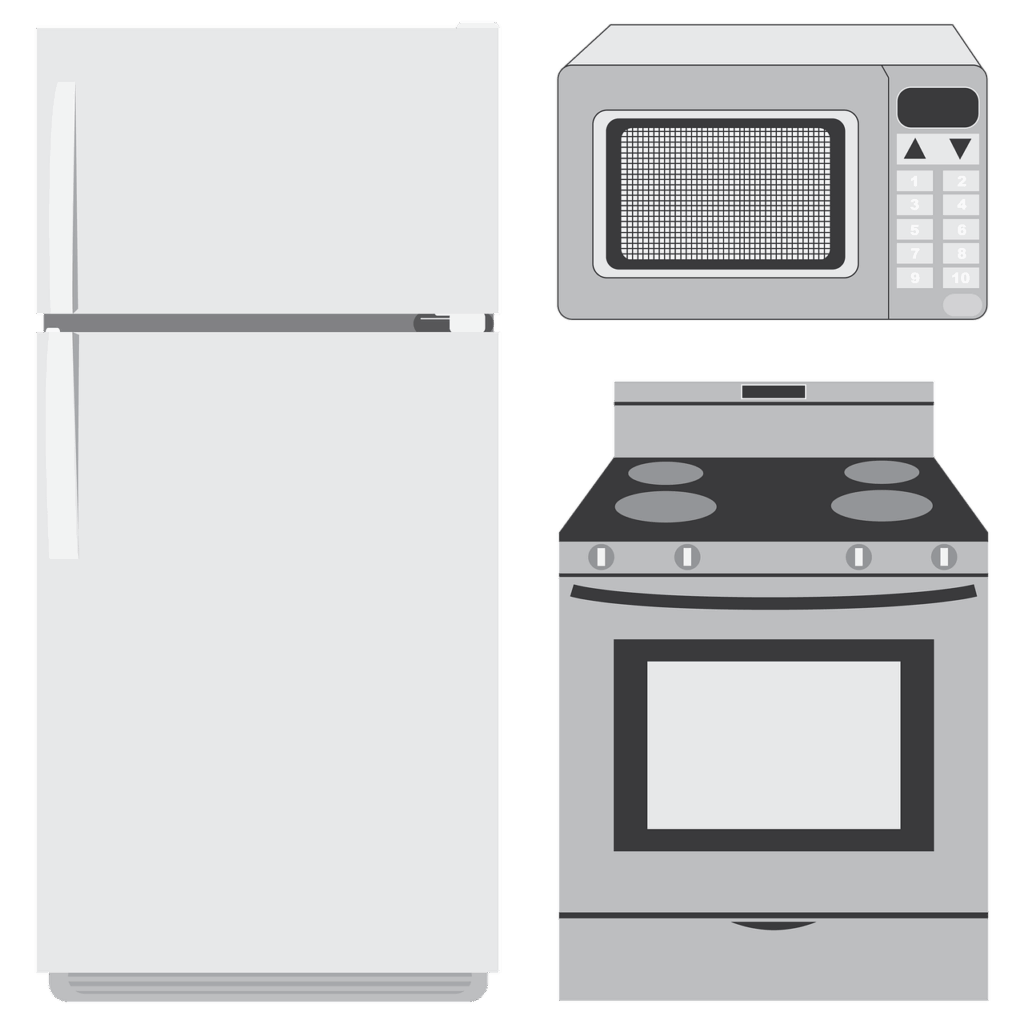
3. **Warm Outlets, Switches, or Electrical Panel**
While many electrical appliances generate heat during operation, the outlets and switches themselves should never feel warm to the touch. If you notice any heat emanating from an outlet, switch, or, critically, your main electrical panel, it’s an immediate red flag that requires your attention. The only common exception is dimmer switches, which often get warm as they dissipate excess electrical energy; however, even these should never be uncomfortably hot.
Heat at an outlet or switch most often indicates an overloaded circuit or loose connections within the wiring. When electrical currents are not flowing efficiently, components begin to overheat, which can melt insulation around wires and increase the risk of fire. For instance, if you perceive a warm outlet, it suggests that the connected devices are drawing more power than the outlet is safely designed to handle, or that the internal connections are faulty. Similarly, a warm breaker panel implies that electrical currents are not flowing efficiently, causing components to overheat, which is especially common in older panels not built for modern energy use.
Faulty insulation can also contribute to this problem, creating unsafe conditions within your home’s electrical system. This overheating can affect the entire system, indicating an issue with your main breaker, individual circuits, or the panel itself. Over time, this sustained heat can lead to significant damage that might necessitate a complete panel upgrade, which is a far more extensive and costly solution than addressing the problem early.
If you detect heat at an outlet, immediately unplug any cords and refrain from using it until the issue can be troubleshooted. For a warm switch or electrical panel, avoid touching it further and contact a licensed electrician without delay. Ignoring a warm electrical component is exceptionally risky, as it points to potential fire hazards and electrical failures. Prompt action ensures your home’s safety and prevents potential damage to your electrical infrastructure.
Read more about: Lost Legends: 14 Wild Classic Car Features Automakers Left Behind Forever
4. **Burning Smell**
Of all the warning signs, a burning smell is perhaps the most urgent and unmistakable indicator of a severe electrical problem within your home. It’s an immediate signal that something is seriously amiss, demanding swift action to prevent a potential disaster. If you detect any odor resembling burning plastic, rubber, or an acrid, smoky scent emanating from switches, outlets, or even your electrical panel, it signifies an imminent risk of fire.
This alarming scent often indicates that the wiring in your electrical system is overheating to the extent that its protective plastic sheathing is melting. Such overheating is typically caused by faulty or overloaded circuits, loose connections, or damaged insulation. The smell itself is the off-gassing of these materials as they begin to char and break down under excessive heat. This is a critical stage before an actual flame ignition, meaning you are facing an active and dangerous electrical fault that requires immediate intervention.
Furthermore, this warning extends beyond the obvious. Sometimes, the burning smell might not be accompanied by visible smoke, or it could be intermittent. If you notice a persistent burning odor when nothing is actively on or in use, it is paramount to investigate its source quickly and thoroughly. The smell might originate from a specific fixture, an appliance, or directly from the breaker box, each pointing to a distinct area of concern.
Ignoring a burning smell is exceptionally perilous and can have catastrophic consequences, leading directly to electrical fires, extensive damage to your wiring and appliances, and significant safety risks to your home and its occupants. Your safest course of action is to immediately turn off the power to the affected area by switching off the corresponding circuit breaker. Do not attempt to fix the issue yourself. Instead, reach out to a licensed professional electrician without delay. Act fast; prevention is always better than dealing with the aftermath of an electrical fire.
Read more about: The CVT Conundrum: 10 SUVs Graded on Transmission Reliability – From Bulletproof to Breakdown-Prone
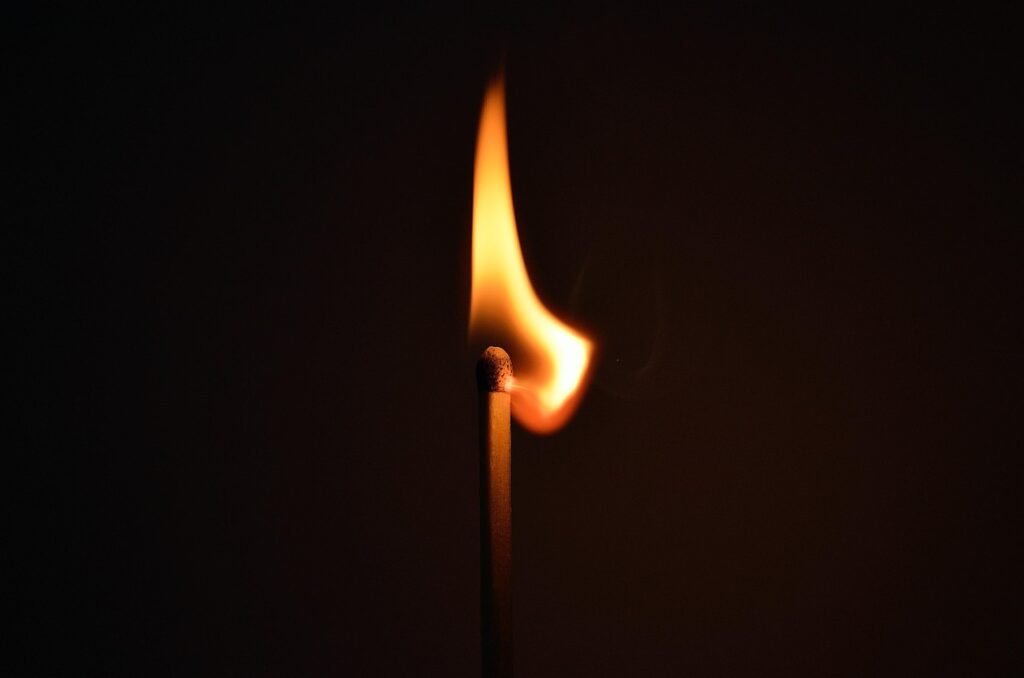
5. **Sparks or Electrical Shocks**
Encountering sparks or feeling electrical shocks in your home is never normal and should always be treated as a serious warning sign of potential electrical system failure. These occurrences directly indicate problems with your wiring, grounding, or components, which if ignored, can lead to dangerous situations including fire and electrocution.
Sparks, particularly if they emanate from outlets, switches, or appliances, are clear indicators of faulty wiring or a short circuit. They suggest that electricity is arcing, or jumping, between connections rather than flowing smoothly, often due to loose connections or damaged insulation. This arcing generates intense heat, making it a significant fire hazard. It’s a visual manifestation of an active electrical fault that demands immediate attention to prevent potential ignition or further damage.
Similarly, receiving an electrical shock when touching a metal object connected to your home’s mechanical system – be it a lamp, ceiling fan, water line, or furnace ductwork – is a strong sign that your electrical system is not properly grounded. This indicates that appliances that need to be grounded aren’t, or that exposed wiring is present. While it’s important not to confuse these with static electricity pops, which are much smaller and generally harmless, any shock beyond minor static discharge is a definitive alert of a problem. Damaged wiring, especially with compromised insulation, significantly increases the risk of direct electrical contact.
These signs are not trivial; they highlight direct threats to personal safety and property. Sparks can ignite flammable materials, and shocks can cause injury or even be fatal. Should you experience either of these issues, the utmost priority is safety. Avoid further interaction with the source of the problem and immediately contact a professional electrician. Only a qualified expert has the necessary knowledge and tools to safely diagnose and repair such hazardous electrical faults, protecting your home and loved ones.
Read more about: Old vs. New Cars: A Definitive MotorTrend Head-to-Head on Performance, Value, and the True Meaning of Automotive Happiness
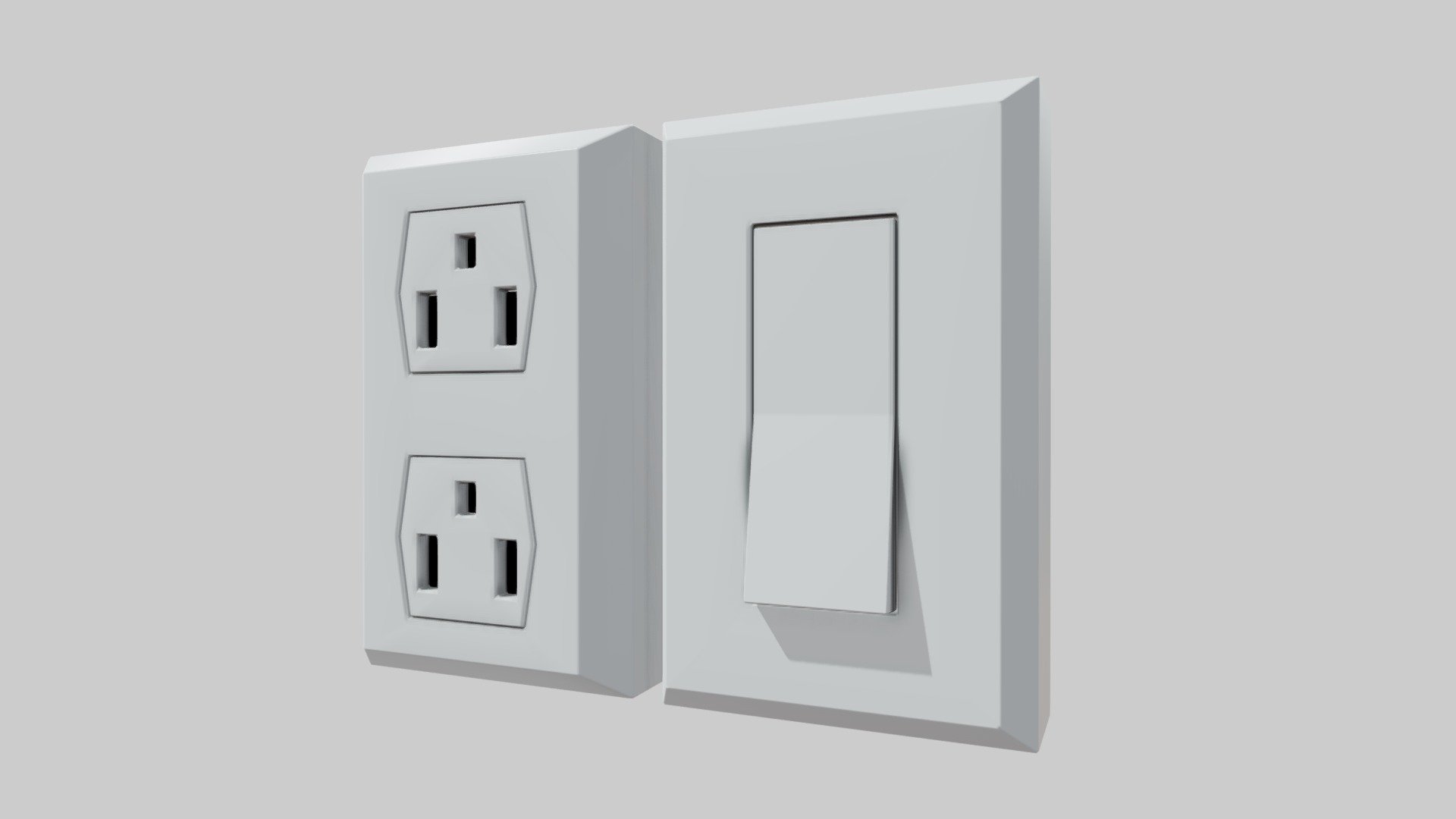
6. **Discolored or Scorch Marks on Outlets or Switches**When you notice any form of discoloration, charring, blackening, or scorch marks on your outlets, switches, the electrical panel, or the wall surrounding them, consider it a critical visual warning sign. These marks are not merely cosmetic imperfections; they are definitive indicators of significant overheating within your electrical system and represent a serious safety concern that must be addressed promptly.
When you notice any form of discoloration, charring, blackening, or scorch marks on your outlets, switches, the electrical panel, or the wall surrounding them, consider it a critical visual warning sign. These marks are not merely cosmetic imperfections; they are definitive indicators of significant overheating within your electrical system and represent a serious safety concern that must be addressed promptly.
Such marks typically suggest that intense heat has been generated due to a variety of underlying issues. This could stem from loose connections, which create resistance and generate heat, or faulty wiring that is unable to safely conduct the electrical load. Overloaded circuits, where too much current is being drawn through a wire or outlet, are also common culprits. Furthermore, these scorch marks can be a telltale sign of electrical arcing, where electricity jumps between connections, generating extreme localized heat that can quickly degrade surrounding materials and pose an immediate fire risk.
The discoloration, whether it appears as a subtle darkening or outright blackening, directly points to components that have been subjected to temperatures far exceeding their safe operating limits. This overheating can also originate from a failing circuit breaker within the panel, or from damaged insulation around the wires themselves, which can compromise the integrity of the entire electrical path. It’s crucial to understand that while the visible marks might be localized, the underlying issue could be more extensive and widespread within your home’s electrical infrastructure.
Under no circumstances should these discolored or scorch marks be ignored. They are a physical manifestation of a serious electrical hazard that could lead to electrical failures, short circuits, and, most alarmingly, fires. If you detect any such marks, especially if accompanied by an unusual smell, it is imperative to investigate quickly. Do not attempt to clean or paint over them. Instead, contact a qualified electrician immediately to assess the situation, accurately diagnose the problem, and provide the appropriate solutions to restore safety and functionality to your home’s electrical system.”
, “_words_section1”: “1940

7. **Buzzing or Crackling Noises**Your electrical system, particularly the main panel, should generally operate in silence. However, any persistent or unusual sounds like buzzing, humming, crackling, or sizzling emanating from your panel, switches, or outlets are critical auditory warning signs. These noises suggest that electrical components are under stress or failing to make proper contact, indicating a potentially serious underlying problem that demands immediate investigation.
Your electrical system, particularly the main panel, should generally operate in silence. However, any persistent or unusual sounds like buzzing, humming, crackling, or sizzling emanating from your panel, switches, or outlets are critical auditory warning signs. These noises suggest that electrical components are under stress or failing to make proper contact, indicating a potentially serious underlying problem that demands immediate investigation.
A persistent buzzing or humming from your electrical panel often points to an overloaded circuit, loose wire connections, or a circuit breaker that isn’t tripping when it should. This sound can also be caused by electrical arcing, a dangerous phenomenon where electricity jumps between connections, generating significant heat and posing a serious fire safety risk. More alarming are sharp cracking or popping sounds, which are definitive indicators of an electrical fault, such as a short circuit within the panel or a failing circuit breaker.
If you hear a sizzling sound, akin to bacon frying, this is an urgent emergency. Such a noise almost always indicates that wires are overheating rapidly, insulation is melting, or active arcing is occurring, signaling a high probability of an imminent electrical hazard. Ignoring these auditory warnings can lead to severe consequences, including electrical fires or extensive damage to your system. It’s crucial to contact a licensed electrician immediately if you detect any of these sounds.
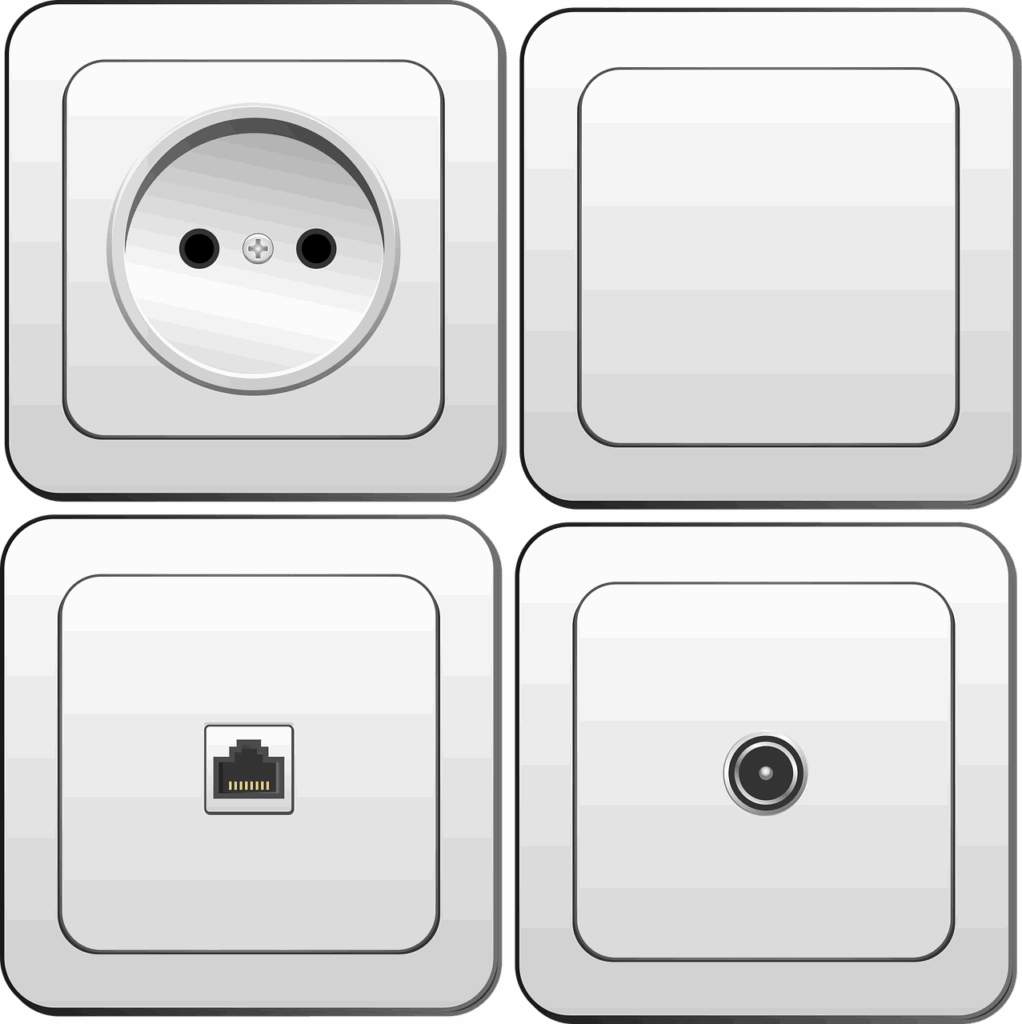
8. **Loose Outlets**
The stability of your electrical outlets is more critical than it may seem. If you notice an outlet, or its internal components, moving within the wall box when you plug in a cord, it’s a clear mechanical issue and a significant warning sign. This seemingly minor problem is not merely an inconvenience; it can rapidly escalate into a serious electrical hazard if left unaddressed.
The primary danger of a loose outlet lies in its potential to compromise electrical connections. Repeated movement can cause wires connected to the outlet terminals to loosen or even detach over time. When connections are compromised, they create resistance, leading to localized overheating within the outlet. This overheating is a direct precursor to dangerous electrical shorts, which can generate sparks and potentially ignite surrounding flammable materials, leading to an electrical fire.
Therefore, if you identify a loose outlet, treat it as a serious problem. Immediately unplug any devices and refrain from using it until it has been inspected and repaired by a qualified electrician. While securing the outlet firmly back into its box is often a straightforward fix, it’s crucial to ensure all wire connections are tight and secure. Prompt action not only prevents potential shorts and fire hazards but also maintains consistent power supply and protects your devices from damage.
Read more about: Phoebe Waller-Bridge’s Hollywood Odyssey: Unpacking the $100 Million Amazon Deal and the Projects That Left Tinseltown Scratching Its Head
9. **Messy or Tangled Wiring**
While aesthetic neatness isn’t the primary goal of electrical work, extreme disorganization or what appears to be slapdash wiring within your electrical boxes or panel can be a significant indicator of poorly done or rushed installation. A chaotic tangle of wires can mask underlying problems that carry long-term safety implications for your home’s entire electrical system.
When excessively tangled lines, crowded electrical boxes resembling “rats’ nests,” or illogical connections are present, it often points to issues like loose connections, improper splicing, or inadequately secured wires. Such conditions create increased resistance and heat buildup within the confined space, compromising wire insulation and significantly raising the risk of short circuits or electrical fires. The disarray also makes future troubleshooting and maintenance both difficult and potentially dangerous, as identifying specific circuits or issues becomes a daunting task.
Furthermore, overly crowded electrical boxes, a common consequence of tangled wiring, pose their own dangers by preventing adequate heat dissipation. This accelerated degradation of wire insulation, combined with the physical strain of tangling, can lead to fraying or cracking, exposing bare conductors. If your visual inspection reveals signs of extreme disorganization, it’s strongly recommended to have a licensed electrician evaluate your home’s electrical service. Rectifying messy wiring proactively can prevent hazards and ensure your system meets safety standards.
Read more about: The Mechanic’s Nightmare: 14 Cars They Wish You’d Just Get Rid Of (And Why!)

10. **Damaged or Chewed Wiring**
The integrity of your home’s electrical wiring insulation is paramount for safety and consistent power delivery. Any visible physical damage, such as fraying, splitting, cracking, or charring of the protective sheathing, should be regarded as an immediate and serious warning. Such damage compromises the wire’s ability to safely carry current and exposes live conductors, creating significant risks of electrical shock, short circuits, and critical electrical fires.
A common yet often hidden source of wiring damage comes from pests. Rodents frequently gnaw on electrical wires in concealed areas like attics, basements, or within walls. If you suspect or observe such damage, perhaps indicated by flickering lights, frequent circuit breaker trips, or a burning smell without an obvious source, immediate investigation is crucial. Chewed wires can lead to exposed conductors touching, causing dangerous short circuits and arcing, direct precursors to an electrical fire.
Beyond pest activity, general wear, improper installation, or external forces can also lead to compromised insulation. Wires appearing melted or charred near outlets are definitive signs of severe overheating, likely from overloaded circuits or faulty connections. Frayed or cracked insulation, particularly in older homes, indicates material deterioration, increasing the risk of electrical contact and shocks. It is imperative that damaged wiring is addressed without delay by a qualified professional to ensure the overall safety and reliability of your home’s electrical infrastructure.
11. **Hazardous Aluminum Wiring**
For homeowners in houses built or wired between the late 1960s and early 1970s, understanding the type of electrical wiring is crucial. During this period, high copper prices led many builders to use single-strand aluminum wire as a cheaper alternative. While initial tests seemed promising, real-world applications quickly exposed significant, and dangerous, flaws that homeowners must be aware of today.
The primary issue with aluminum wiring, especially in branch circuits, is its rapid oxidation compared to copper when exposed to air. This oxidation creates resistive buildup at connection points—like outlets, switches, and splices—leading to excessive heat generation. This sustained heat at connection points becomes a major fire risk, making aluminum wiring a notorious hazard in residential settings, a fact confirmed by the U.S. Consumer Product Safety Commission (CPSC), which found these homes up to 55 times more likely to suffer fire damage.
If you suspect your home has aluminum wiring, or if it falls within the common build period for its use, contacting a licensed electrician for a thorough inspection is highly advisable. Mitigating the risks involves methods ranging from using specialized connectors designed for aluminum-to-copper transitions to a comprehensive home rewire. A qualified professional can assess the extent of aluminum wiring, recommend the safest solutions, and help safeguard your property and family from the long-term fire hazards associated with this outdated material.
12. **Frequently Blown Fuses or Outdated Wiring**
If your home was constructed before the 1960s, it might still rely on a fuse box rather than a modern circuit breaker panel. While fuse boxes offer circuit protection, they are considerably less efficient and safe than contemporary systems. Beyond the fuse box itself, the presence of generally outdated wiring throughout your home is a critical long-term warning sign, irrespective of your panel type.
The persistent blowing of fuses indicates that your electrical system, or a specific circuit, is constantly being pushed beyond its safe limits, often due to an overloaded circuit or a malfunctioning device. Unlike resettable circuit breakers, a blown fuse requires physical replacement, which can be a hassle, but more critically, repeated blowing of the same fuse signals a chronic problem. Older electrical systems simply weren’t designed for today’s high-wattage appliances, leading to frequent overloads and increased risk of heat buildup and fire.
The general condition of your home’s wiring system demands attention, especially if it’s over 25 to 40 years old. Outdated wiring materials can suffer from deteriorated insulation, loose connections, or insufficient gauge to safely carry modern electrical loads. This degradation can manifest as frequent circuit breaker trips, flickering lights, warm outlets, burning smells, and, significantly, a lack of essential safety features like Ground Fault Circuit Interrupters (GFCIs) in wet areas like kitchens and bathrooms.
Upgrading your electrical panel from a fuse box to a modern circuit breaker system, or replacing outdated wiring throughout your home, represents a vital investment in safety and functionality. A new panel offers enhanced safety features, including surge protection and more reliable circuit interruption, alongside the capacity for modern living. Consulting a licensed electrician is essential to assess your system’s condition and discuss comprehensive upgrade options, ensuring your home remains safe, efficient, and compliant with current electrical codes.
### Securing Your Home: Proactive Steps for Electrical Safety
Read more about: Tech Trouble in Every Drive: 12 Vehicle Infotainment Glitches Drivers Report as Most Frustrating
The diverse array of warning signs we’ve explored, from the subtle hum of a distressed panel to the unmistakable scent of burning insulation, all serve as crucial alerts from your home’s electrical system. Understanding these indicators isn’t merely about troubleshooting; it’s about proactively safeguarding your most valuable asset and, more importantly, the people within it. Electrical issues, when left unaddressed, can rapidly escalate from minor inconveniences into major hazards, with the potential for costly repairs, appliance damage, and devastating fires. While some problems might seem straightforward, the inherent dangers of electrical work underscore a critical message: never attempt DIY fixes for serious electrical concerns. The expertise of a licensed professional electrician is indispensable for accurately diagnosing underlying issues, ensuring repairs meet safety standards, and providing solutions that secure your home for the long term. Regular inspections, especially for older homes or those with suspected historical wiring concerns like aluminum wiring or fuse boxes, are not an extravagance but a necessity. By staying vigilant and seeking expert help when these warning signs appear, you empower yourself to prevent potential disasters and maintain a safe, functional, and reliable electrical foundation for your home for years to come.


